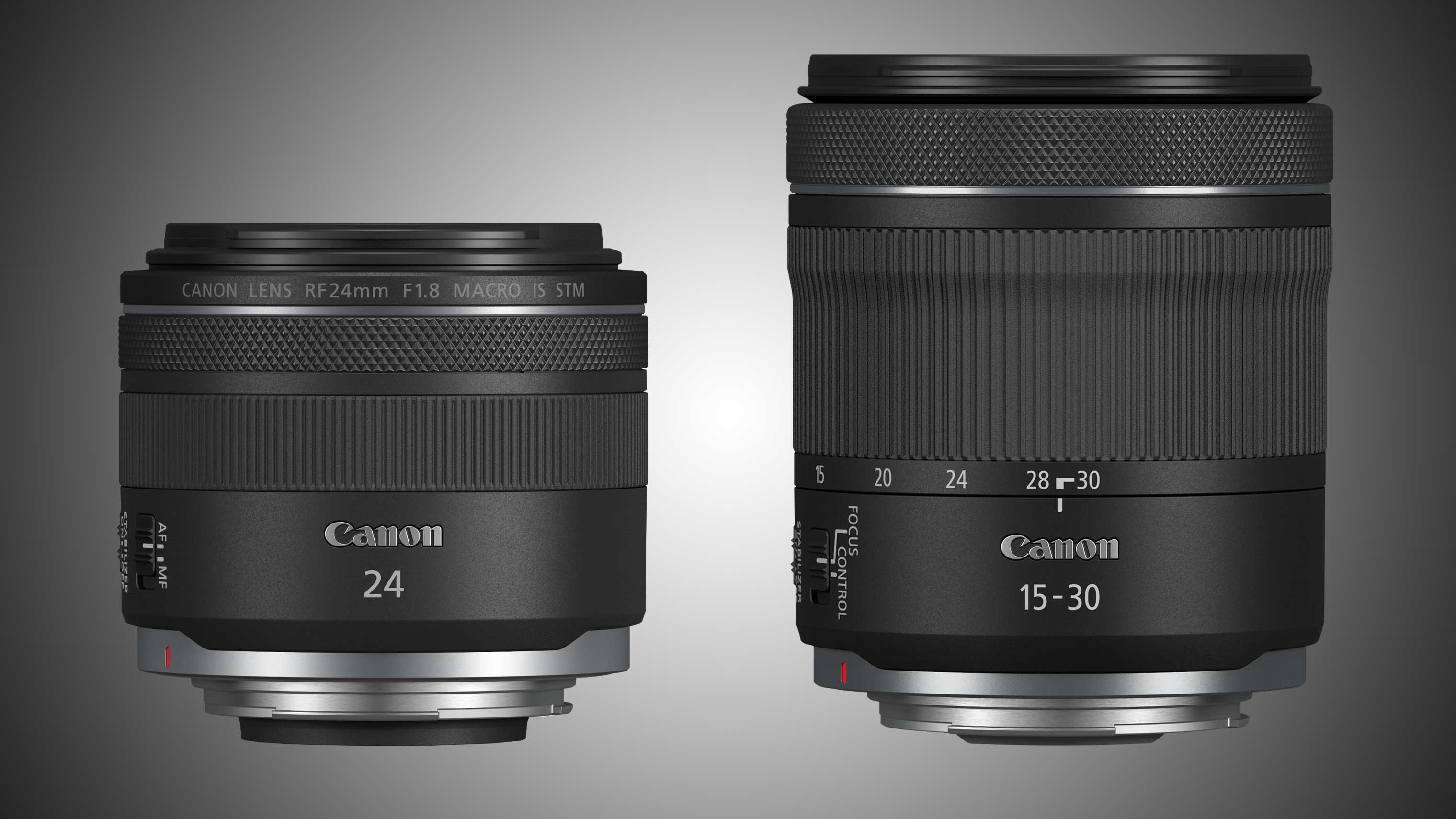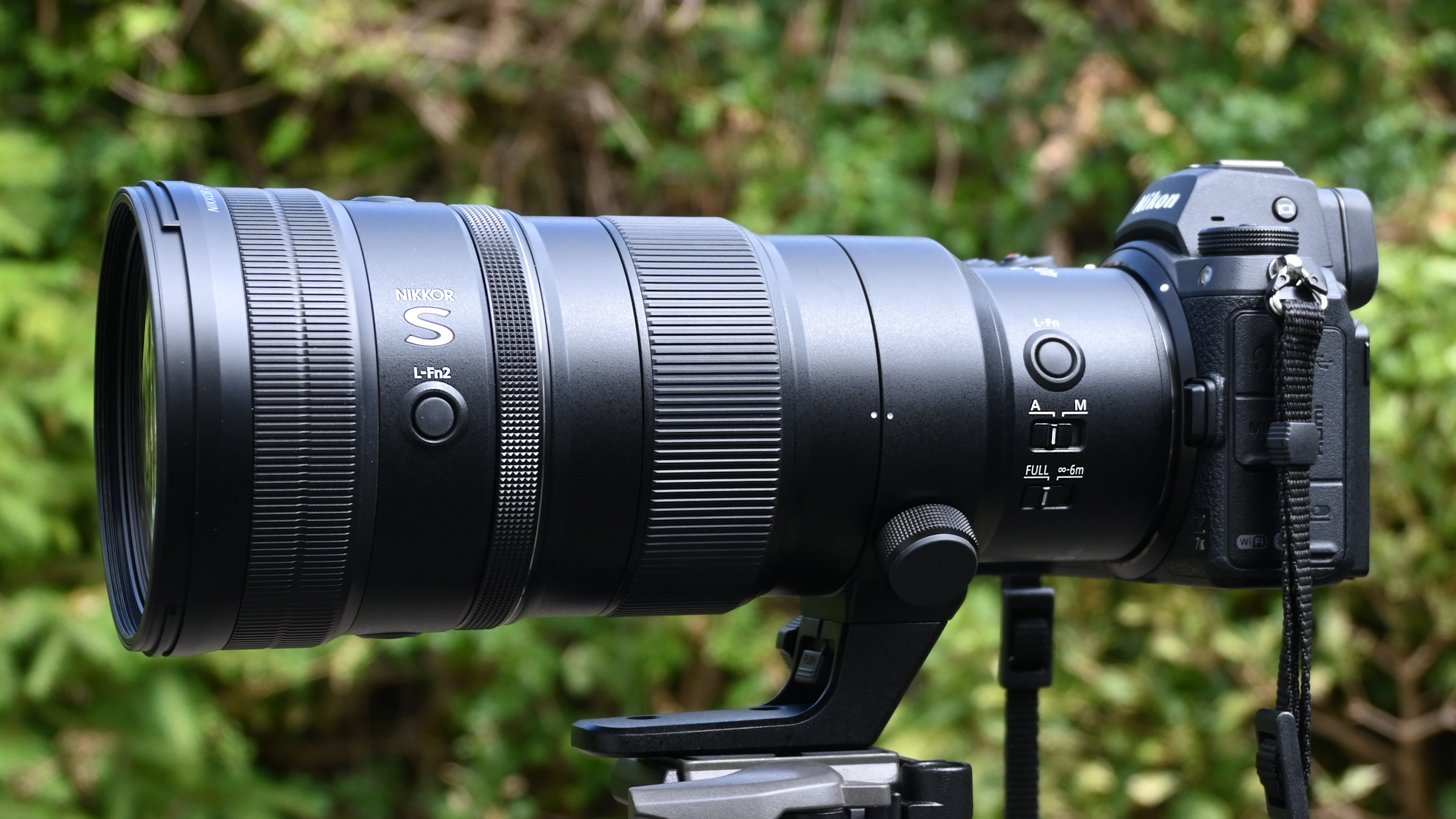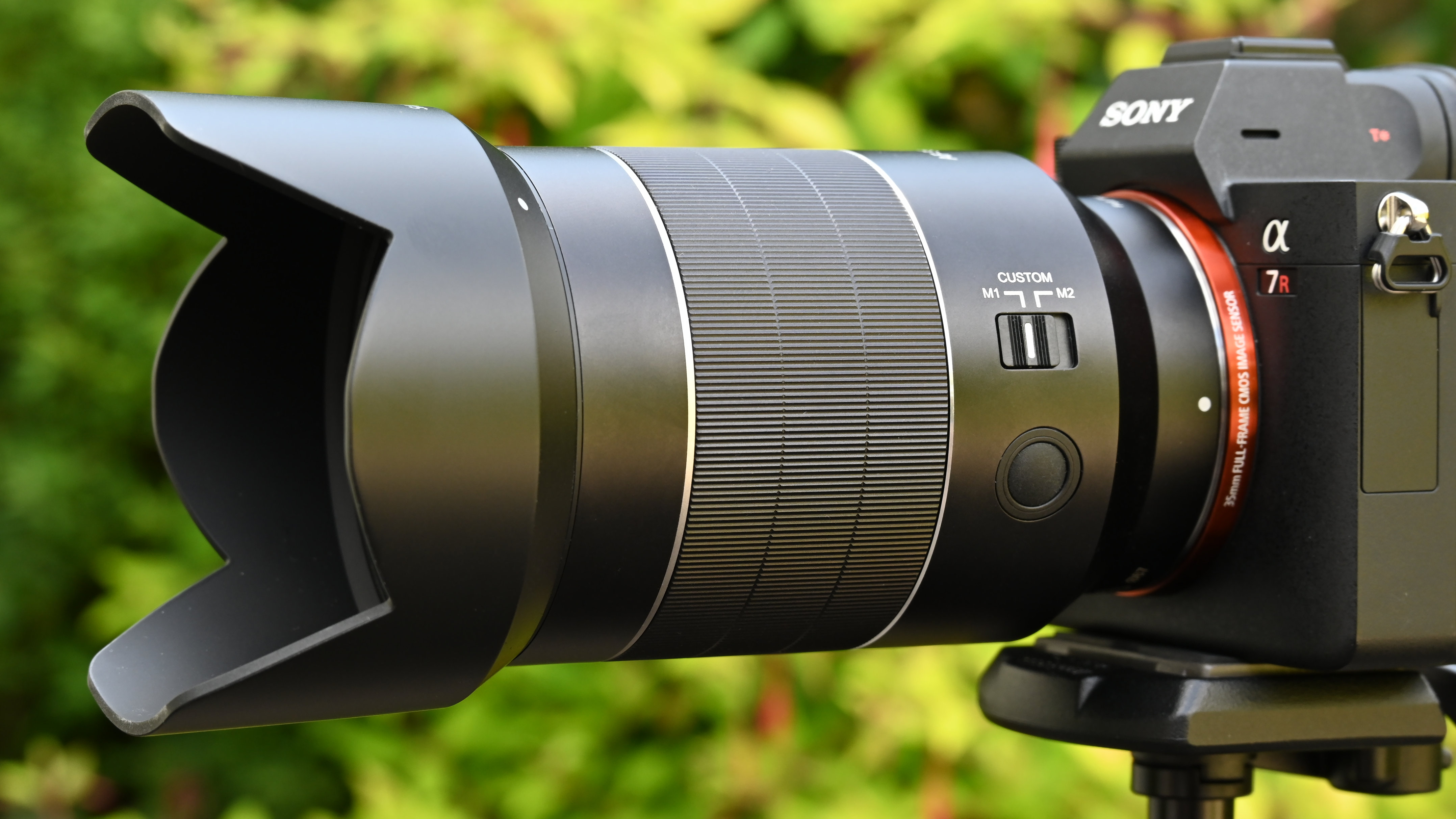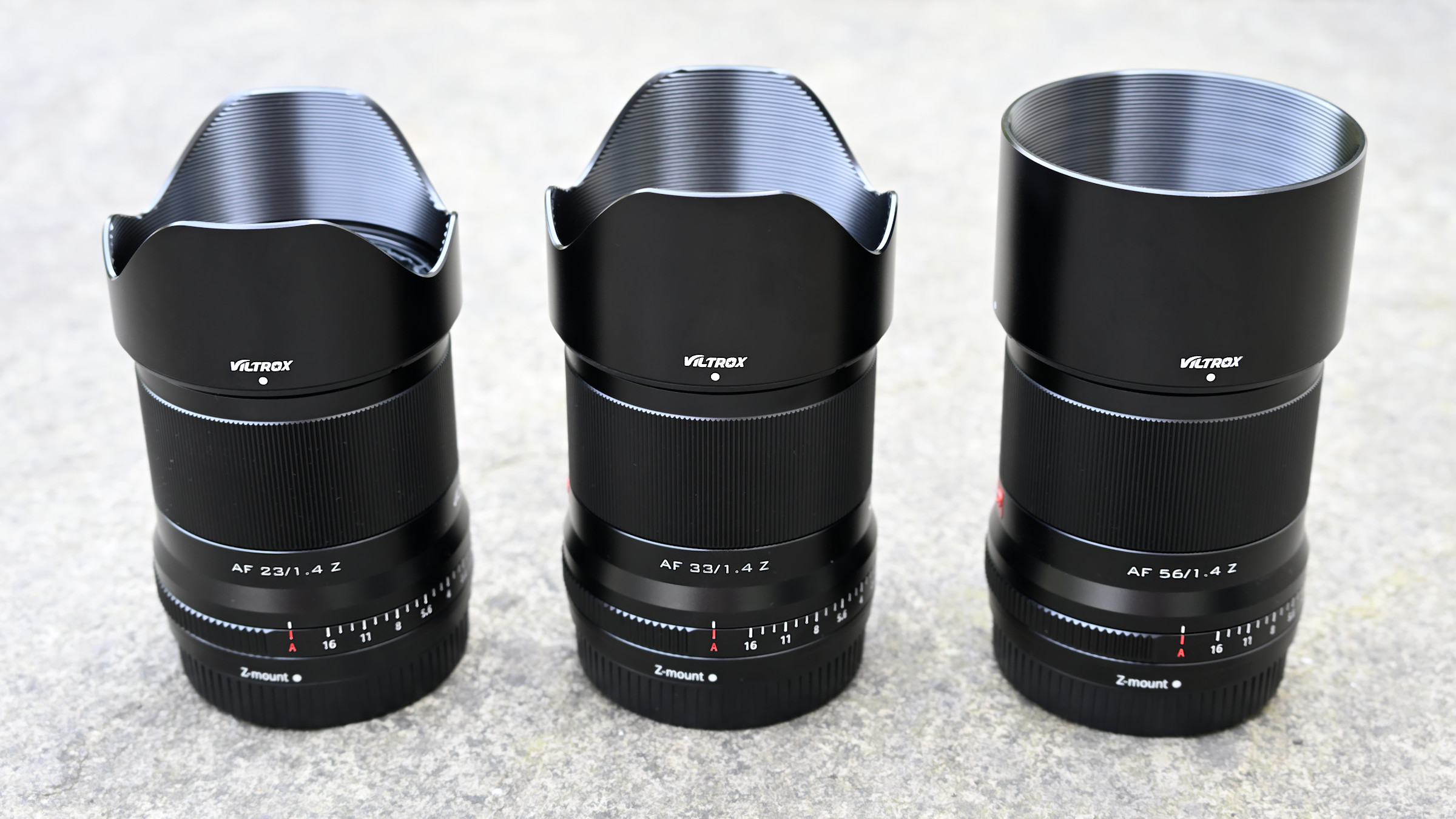12 lenses of Christmas: in July 2022 Canon launches two RF lenses for wide-angle fans
Summer specials included two new Canon lens launches and one each from Tamron and Laowa

We were big fans of the Canon RF 35mm F1.8 MACRO IS STM from the get-go so the launch of the wider-angle Canon RF 24mm F1.8 MACRO IS STM came as very good news. But that was only half the story. Canon also launched a very appealing RF 15-30mm F4.5-6.3 IS STM in July.
Thanks in part to its modest aperture rating, it’s a very compact and lightweight lens that’s ideal for trekking off into the wilds for landscape photography. You needn’t worry about lugging a tripod along either, as the lens features 5.5-stop optical image stabilization, boosted to 7-stops with later EOS R system cameras that feature in-body stabilization.

For its part, Tamron announced that it was putting the finishing touches to a new 50-400mm f/4.5-6.3 Di III VC VXD (Model A067) ultra-telephoto zoom lens for Sony E-mount full-frame mirrorless cameras. Surprisingly compact and weighing in at just over a kilogram, it stretches all the way from an entirely standard field of view to a powerful 400mm super-telephoto reach, complete with optical VC (Vibration Compensation).
Getting back to the wide-angle end of the scale, Laowa launched a compact and affordable 12-24mm f/5.6 zoom lens in a variety of mount options to suit Canon EOS R, Nikon Z and Sony E system cameras. It’s a particularly travel-friendly option, weighing just 497g but, typical of most Laowa lenses, it’s a fully manual optic with no built-in electronics.
There was wide-angle frivolity in our test lab as well, as we set about reviewing the Sigma 16-28mm F2.8 DG DN | C, Sony E 11mm F1.8, Tamron 17-70mm F/2.8 Di III-A VC RXD, Laowa 12-24mm f/5.6 and Laowa 10mm f/4 Cookie lenses.
Jumping over into super-telephoto territory, we also reviewed the new Nikon Z 400mm f/4.5 VR S. We had very high hopes for this lens and it surpassed our expectations as a relatively lightweight but super-high-quality super-telephoto prime.
See other installments in our 12 lenses of Christmas series

For Olympus/OM System cameras, we reviewed the M.Zuiko 45mm f/1.8, M.Zuiko 40-150mm f/4.0-5.6 R and M.Zuiko 75-300mm f/4.8-6.7 II. We were impressed with all of them but the 45mm f/1.8 stood out as a perfect pocketable portrait prime.
Testing of independent 35mmm lenses included the Samyang AF 35mm F1.4 FE II and the Yongnuo YN35mm F2S DF DSM. We found the Samyang to be superb and the Yongnuo also fought its corner very well.

We were also impressed with Yongnuo’s sibling full-frame compatible YN50mm F1.8Z DF DSM, as well as a pair of Viltrox AF 33mm F1.4 and Viltrox AF 56mm F1.4 primes for crop-sensor mirrorless cameras.

Back to basics
• What are the best camera lenses to buy?
Get the Digital Camera World Newsletter
The best camera deals, reviews, product advice, and unmissable photography news, direct to your inbox!
Lenses for photography genres
• Best lenses for astrophotography
• Best lenses for bird photography
• Best lenses for landscape
Lenses for your camera
• Best Canon lenses
• Best Fujifilm lenses
• Best Nikon lenses
• Best Olympus lenses
• Best Panasonic lenses
• Best Pentax lenses
• Best Sony lenses
Matthew Richards is a photographer and journalist who has spent years using and reviewing all manner of photo gear. He is Digital Camera World's principal lens reviewer – and has tested more primes and zooms than most people have had hot dinners!
His expertise with equipment doesn’t end there, though. He is also an encyclopedia when it comes to all manner of cameras, camera holsters and bags, flashguns, tripods and heads, printers, papers and inks, and just about anything imaging-related.
In an earlier life he was a broadcast engineer at the BBC, as well as a former editor of PC Guide.

